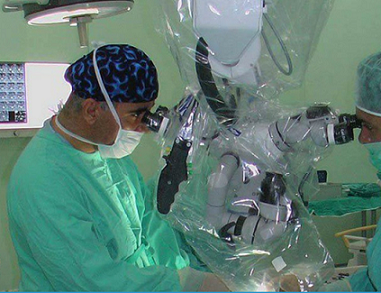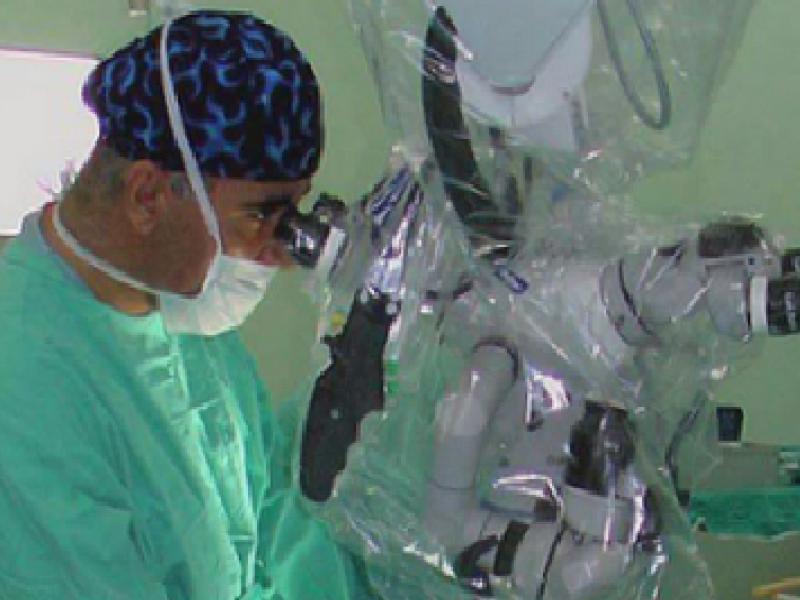
We apply microsurgery method in the treatment of hernia requiring surgery. It can be applied for one or more hernias. 1-1.5 cm incision is made in the region of the hernia, the muscles are stripped. A very small piece of bone is removed, and then the hernia is drained. The advantage of this method is the microscope, which is located approximately one span above the surgical site. Hernia surgery is performed by enlarging the image.
TREATMENT PROCESS IS SHORTENED BY MICROSURGERY
Microsurgery method is preferred because of the advantages it provides to the patient. A small surgical scar, rapid healing of the tissue, being able to stand up 6-8 hours after the operation and the patient’s ability to continue his social life after 15-20 days of rest are some of these advantages. This procedure can be performed with general anesthesia or with spinal anesthesia in which only the lower part of the person is anesthetized. The patient is admitted to the hospital on an empty stomach on the morning of the surgery. The patient, who is seen by the anesthesiologist and performed the necessary laboratory tests, is taken into surgery on the same day. The patient and the physician decide together on the type of anesthesia to be applied. Microdiscectomy can also be performed under general anesthesia or spinal anesthesia (numbing from the waist down).
ADVANTAGES OF THE MICROSURGICAL METHOD
Short hospital stay
Very little pain in the surgical site
Almost no risk of blood loss and infection
Almost no risk of recurrence
Quick transition to daily life and work life
HOW IS MICROSURGERY APPLIED
The patient is admitted to the hospital on an empty stomach on the morning of the operation. The patient, who is seen by the anesthesiologist and performed the necessary laboratory tests, is taken into surgery on the same day. The patient and the physician decide together on the type of anesthesia to be applied. Microdiscectomy can also be performed under general anesthesia or spinal anesthesia (numbing from the waist down). In both cases, the distance at which microdiscectomy will be performed in the patient who is placed prone on the operating table is marked by a fluoroscopy control and the examinations are reviewed for the last time. A 1-1.5 cm skin incision is made, a microdiscectomy retractor is placed, the spinal cord, nerves and hernia tissue are revealed under the microscope, and the hernia tissue is removed. By closing the subcutaneous tissue with internal sutures, problems such as post-operative wound care and dressing are eliminated. By applying local anesthetic to the entire area where the procedure is performed, skin-subcutaneous-muscles, complete analgesia is provided to the patient after the operation. 4-6 hours after the operation, the patient gets up according to his needs and is sent home in the evening or the next morning. The patient, who is recommended to rest for 3 days, can take a bath after 2 days. After the 10th day, the patient is recommended to return to his daily life and start his exercises. The patient is called for control on the 20th day and information about the necessary lifestyle is given.

